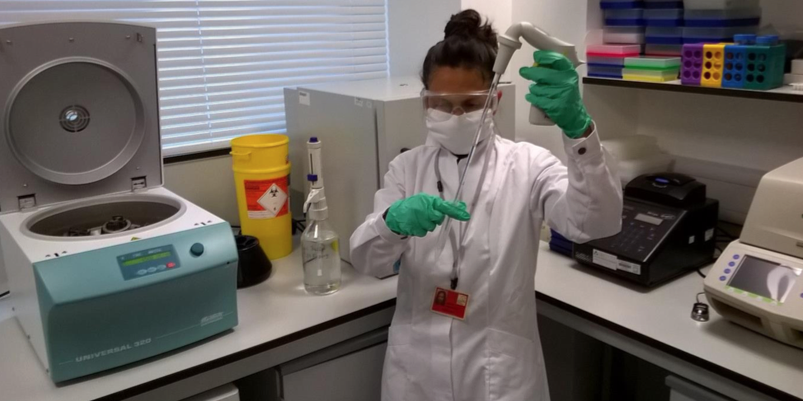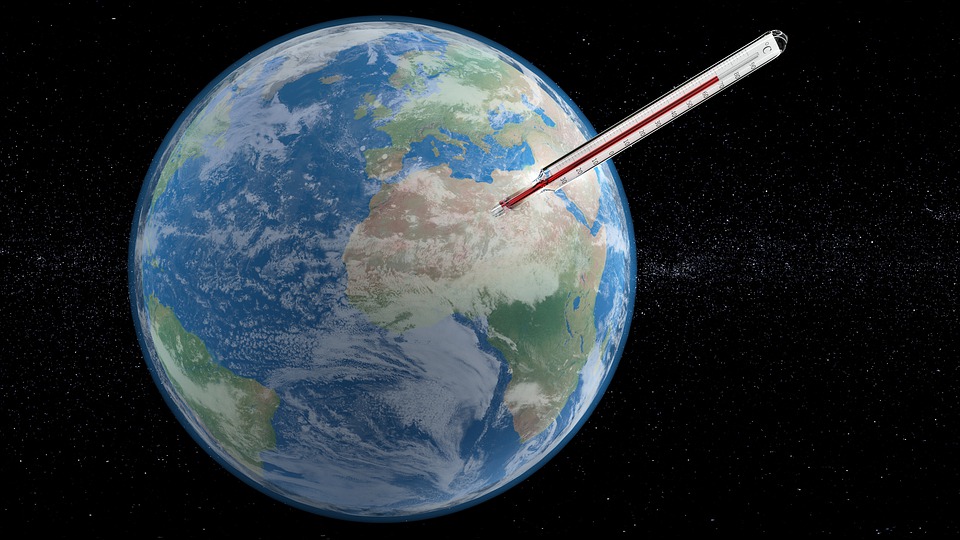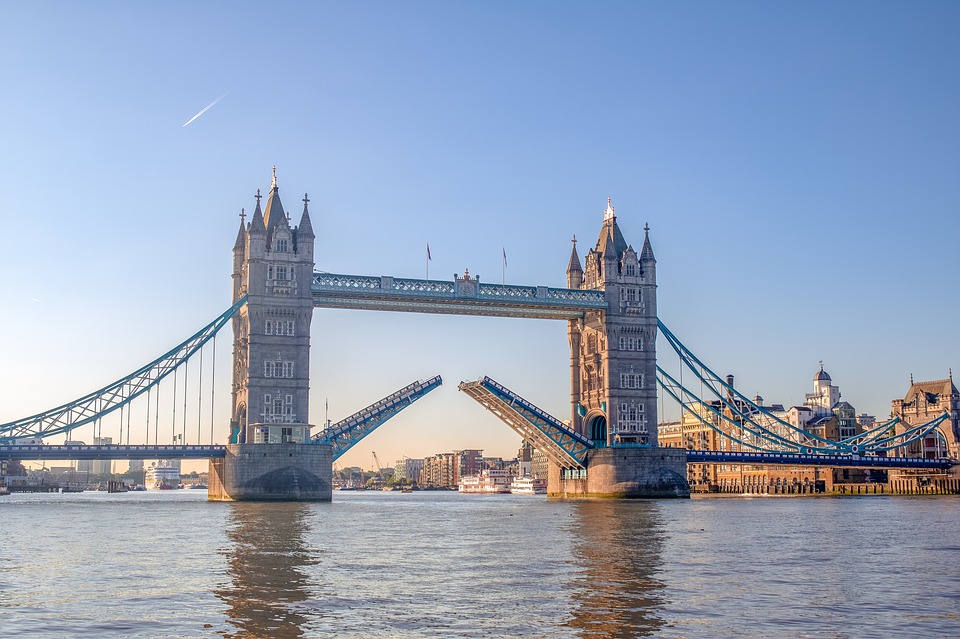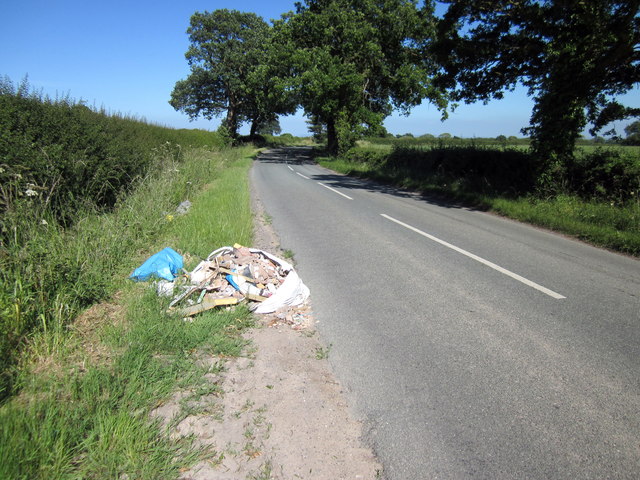The Earth consists of 71 per cent ocean coverage. Estimates by NOAA’s National Geophysical Data Center claim that there is 321,003,271 cubic miles of water within these vast areas. With all of this space to play with, just what can be found in our oceans? Tracerco finds out…
Marine life forms
There’s a whole lot of life thriving in the sea. There are hundreds of thousands of known marine life forms in the ocean, though many are still to be discovered and some scientists have suggested that the actual number could go into the millions. Plus, there are also around 4,000 species of coral reef fish found across the globe — that’s close to a quarter of all of the world’s marine fish species—though be aware that a millilitre of ocean water contains close to 1 million bacteria and 10 million viruses.
Dizzying heights and depths
How low does it go? Well, the deepest known area of the Earth’s oceans is the Mariana Trench. Located in the western Pacific Ocean and to the east of the Mariana Islands, the deepest point found here measures in at an estimated 11,000 metres — or 36,000 feet. The average depth of the Earth’s oceans is also 3,720 metres — or 12,200 feet.
The longest mountain range in the world is beneath the sea too. Named the Mid-Oceanic Ridge, this mountain chain stretches for more than 56,000km across and covers parts of the Atlantic Ocean, the Indian Ocean and the Pacific Ocean. Meanwhile, Earth’s highest mountain in the ocean is the Mauna Kea. Found off the coast of Hawaii, the mountain rises for 10,203 metres (33,474 feet) from the ocean floor, with 4,170 metres (13,680 feet) viewable above sea level.
The largest living structure on the planet is also underwater. This is the Great Barrier Reef — it measures around 2,600km and is so huge that it can be spotted from the Moon.
There are also dangerous structures on the seabed. On the ocean floor near to the Gulf of Mexico, brine pools can be found as can underwater volcanoes where mud and methane explode from them as opposed to lava. There’re also underwater hot springs found across the Earth’s oceans, where water with temperatures of 650°F shoot out — that’s hot enough to melt lead.
We have only dipped our toes in the water though. According to National Geographic, we have so far only explored around five per cent of the Earth’s oceans to date — that means that we have more detailed maps of Mars than we do of our planet’s ocean floor.
Treasures from history
The world’s biggest museum is technically the ocean, as there are more artefacts and treasures down there than all the museums of the world. There is almost 20 million tons of gold within the Earth’s oceans too — if all which was suspended was mined, there would be enough to give each person on the planet around 9 pounds of gold. Up to $60 billion in sunken treasure is housed on the floors of Earth’s oceans as well.
Of course, not all treasures are gold and silver. Scientists predict that there could be as much as 50 quadrillion tons of dissolved solids found within the Earth’s oceans — calcium salts, magnesium salts, potassium salts and sodium salts make up the bulk of this huge figure.
Sadly, the treasures of the ocean are sharing their space with trash. Every year sees an estimated 14 billion pounds of garbage dumped into the world’s oceans though, with most of this being harmful plastic.
Vital trade and communication links
Without the sea, we wouldn’t have nearly as many connections to the wider world. Over 90 per cent of all trade between countries is carried by ships, while around half of communications between nations occur using underwater cables — hence the importance of subsea pipeline inspection to keep everything running smoothly!







